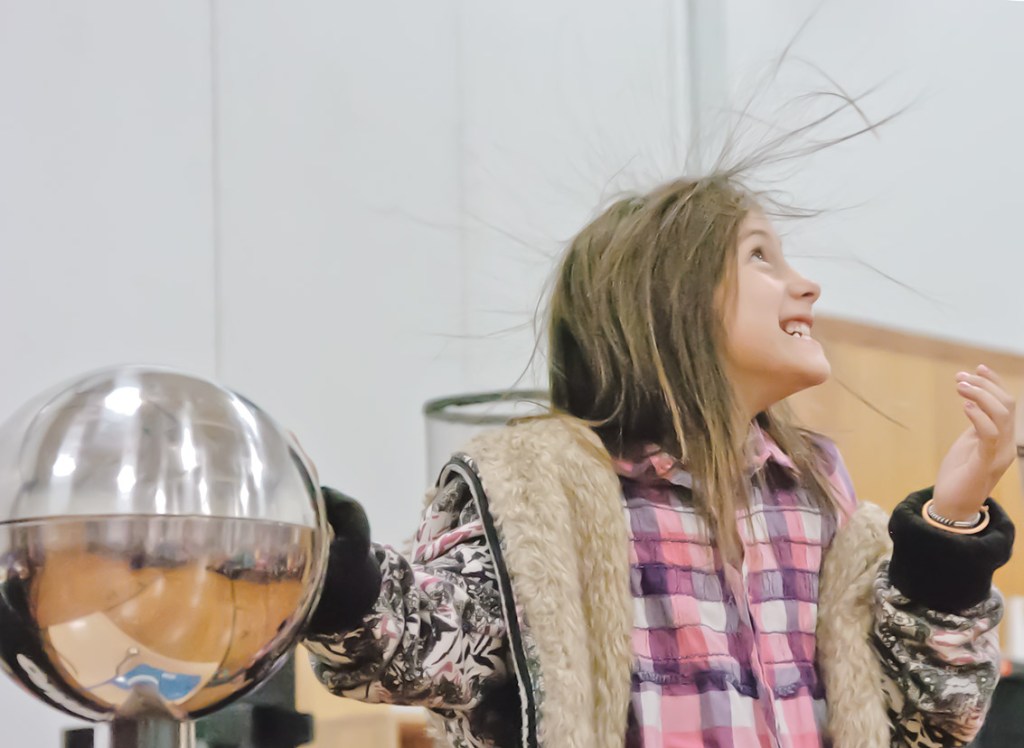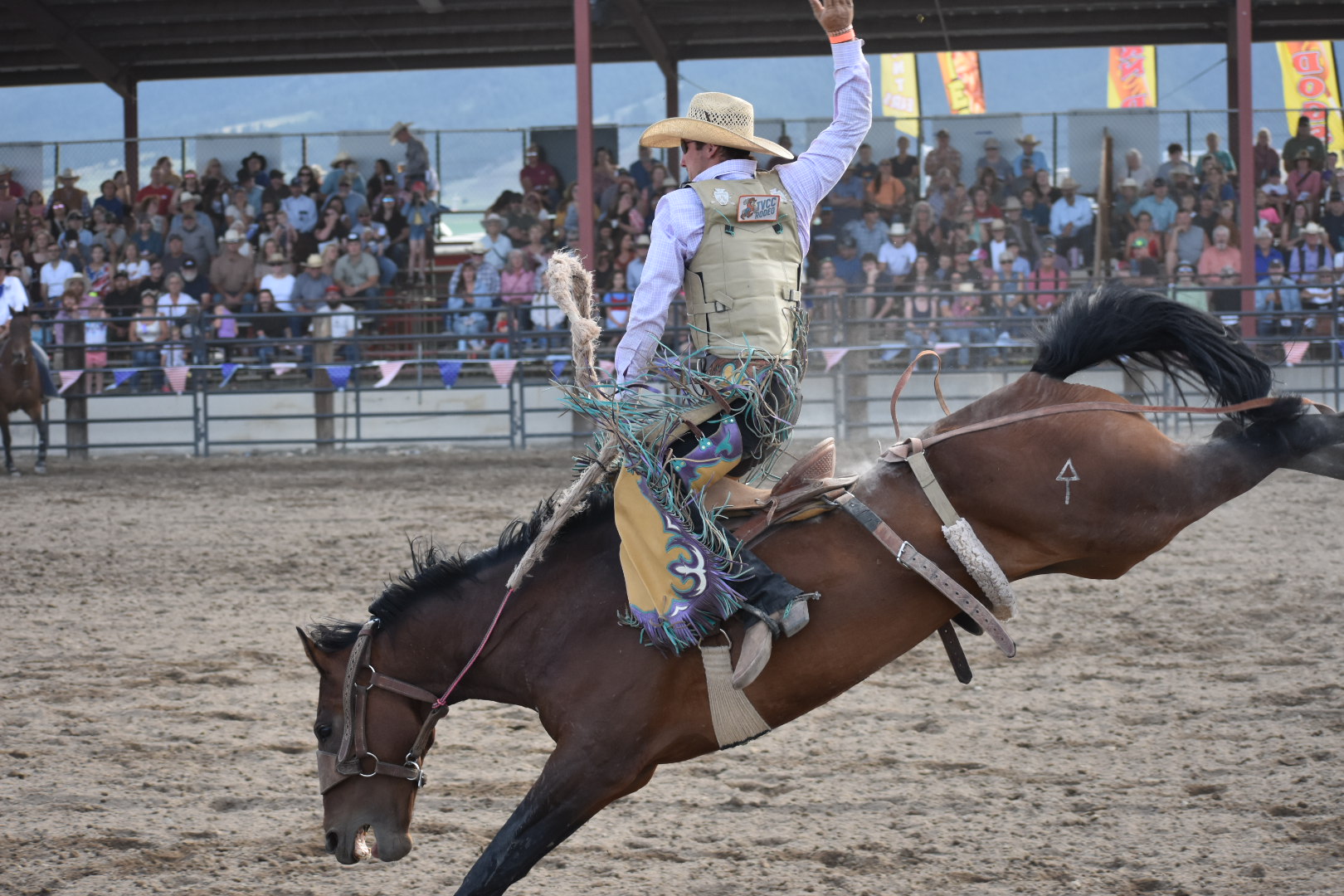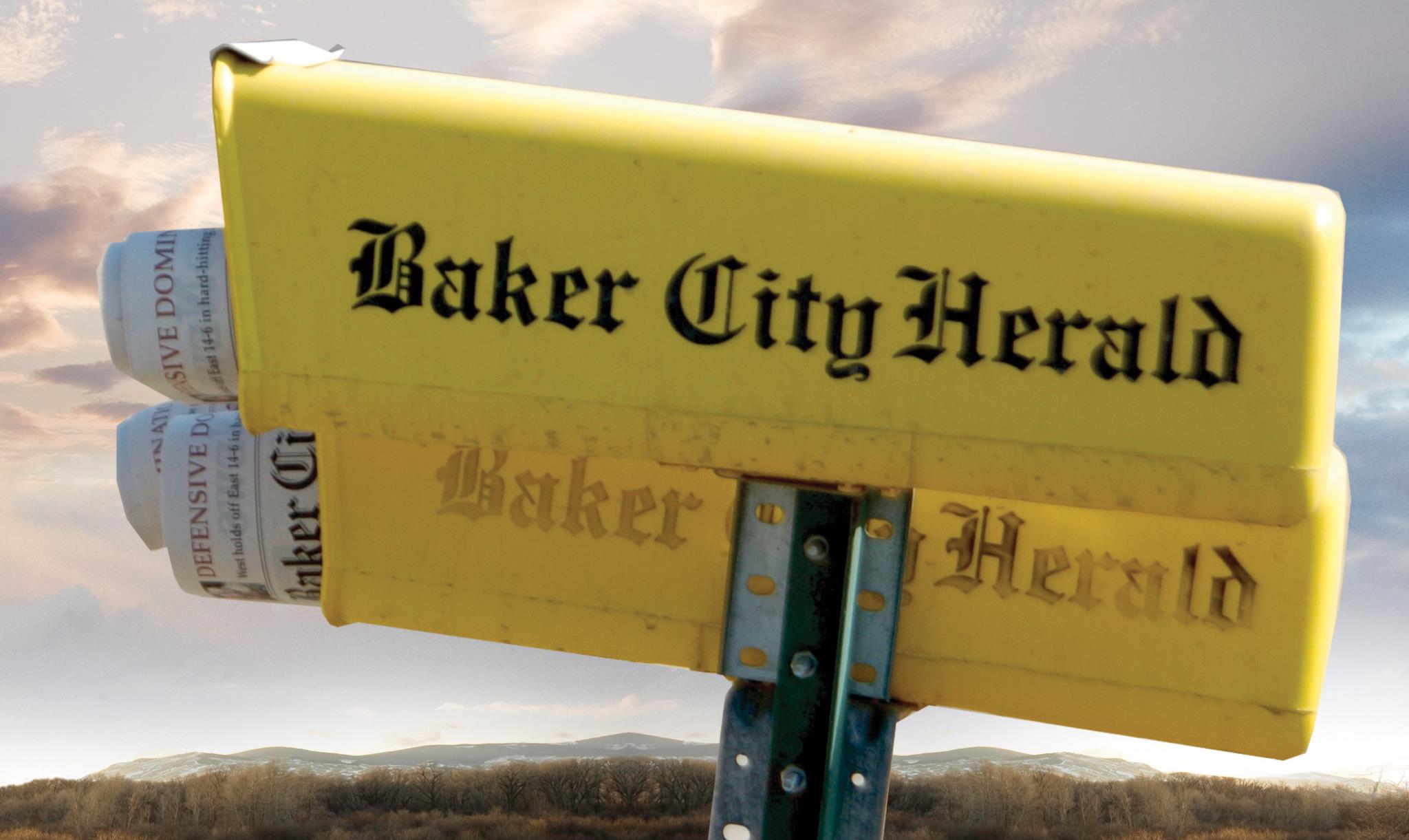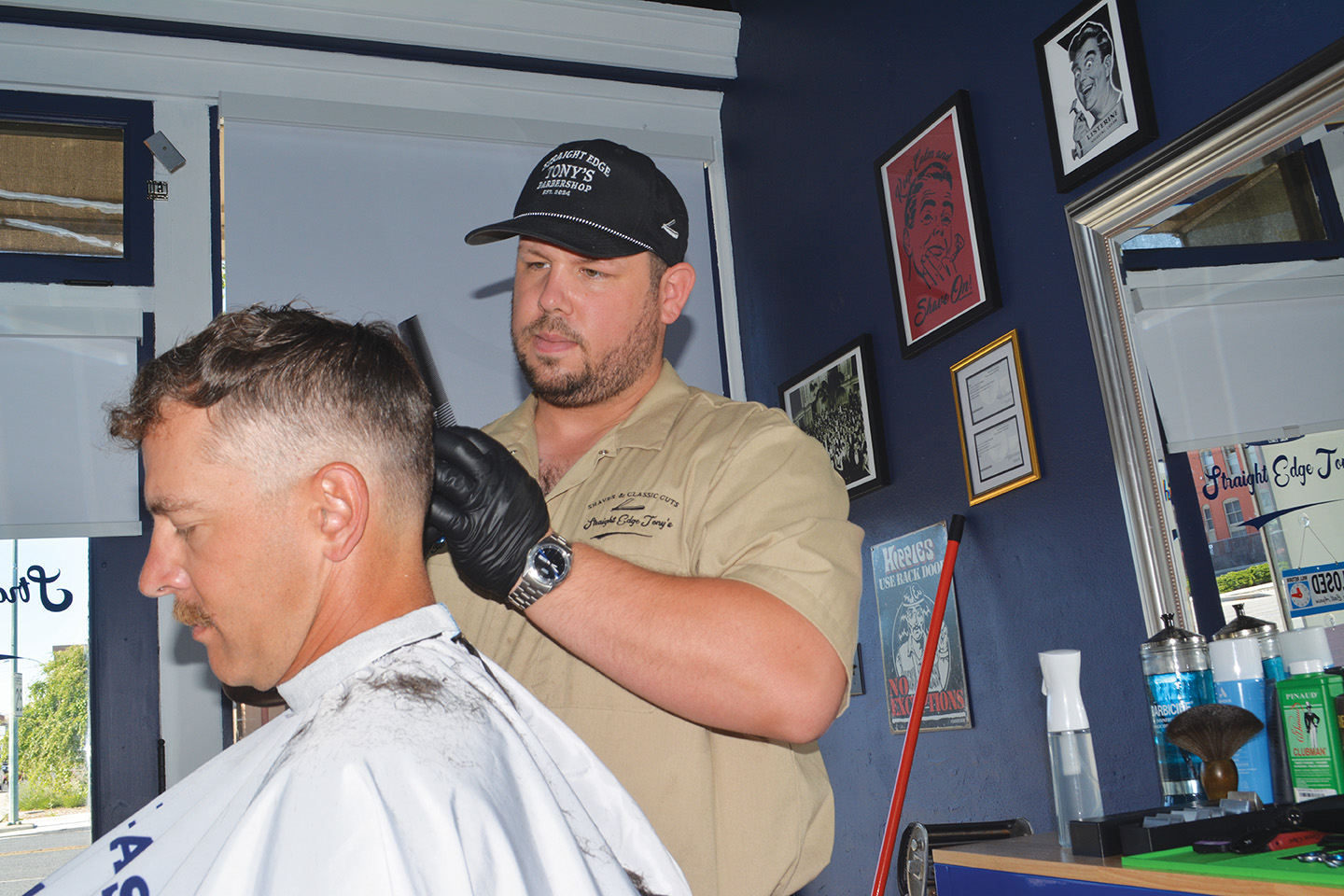Electric Education
Published 12:39 pm Wednesday, May 11, 2016

- S. John Collins / Baker City HeraldMalaina Hernandez, 8, makes her hair stand on end. She places her right hand on the Van de Graaff Generator, left, and that creates enough static electricity to cause quite a stir among her schoolmates.
Jaimie Yee got the reception of a rock star when she visited Brooklyn Primary School Thursday.
But Yee is a scientist.
Nevertheless, she pulled out all of her rock star scientific moves to keep the attention of 11 classrooms of children — a total of 485 students in kindergarten through third grade — in two separate assemblies at the school.
In her presentation, titled “The Wild Weather Show,” Yee explained how weather is made and how it changes.
Yee, 27, holds a bachelor’s degree in zoology from Oregon State University. She has worked for the past five years as a member of the Traveling Program staff for the Oregon Museum of Science & Industry in Portland, better known as OMSI.
The children oohed and aahed over each of Yee’s scientific displays of weather-related activity and showed their appreciation with hearty rounds of applause for her efforts. When she needed volunteers to help, nearly every hand in the audience went up every time.
And when she asked for a show of two thumbs up from those who enjoyed the assembly as it ended, again, nearly every child had both hands in the air.
Yee says she hopes students learn something about the weather before they leave her presentation, but she has an underlying goal.
“We want them to think science is so cool that they want to be a part of it,” Yee said, minutes before the morning assembly got under way.
Yee began by asking children if they knew what a scientist who studies the weather is called.
Responses, which started out with “somethingologist,” progressed to “weatherologist,” “biologist,” and “paleontologist,” before the correct answer of “meteorologist” emerged from the crowd.
After explaining to the students that water, sun (which she said affects the temperature) and air are the ingredients needed to produce weather, she chose two assistants to demonstrate what happens when air gets hot.
Second-grader Kale Dalke steadied a machine used to produce air-popped popcorn to feed hot air into a large balloon while first-grader McKenna Bowman held the balloon.
Yee then released the balloon and all eyes followed it as it floated to the gym rafters. Yee explained that the heat caused the molecules inside the balloon to move fast and spread out, causing the balloon to rise.
As the molecules began to escape, the balloon floated back to the floor, nearly landing on the head of an unsuspecting photographer who was focusing his lens on the captivated audience.
Next, Yee demonstrated how she could produce bubbles that drop to the ground rather than float through the air by using dry ice to cool the suds that produced them.
Third-graders Sierra Zinter-Cartee and Hunter Everett were the lucky volunteers chosen for that demonstration. Yee sprayed fog — produced by adding water to the dry ice — over their faces and placed the cold air bubbles in their gloved hands, on their shoulders and on their heads only to watch the bubbles drop off and disappear into the air.
“Normal bubble behavior is to fly around and pop,” Yee said. “This is not normal — they are heavy, they are cold.”
She explained that dry ice (solid carbon dioxide at a temperature of minus 110 degrees) is always solid and never gets wet.
See more in the April 15, 2016, issue of the Baker City Herald.









